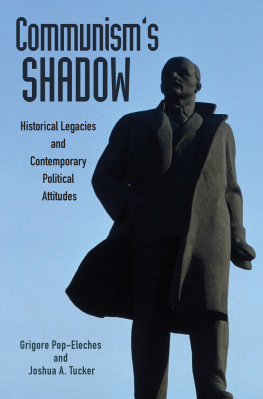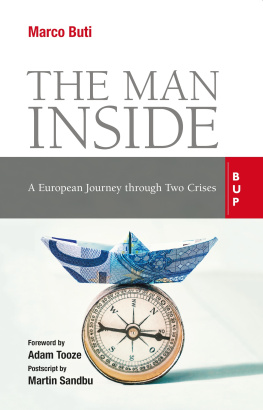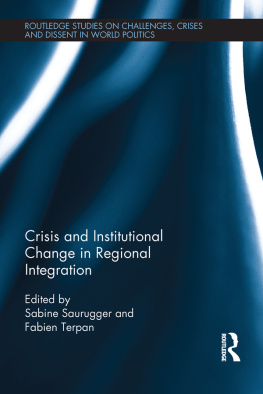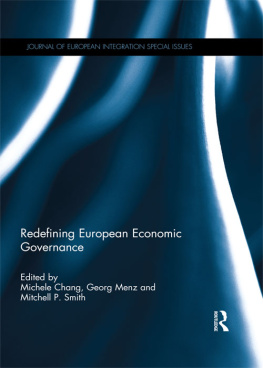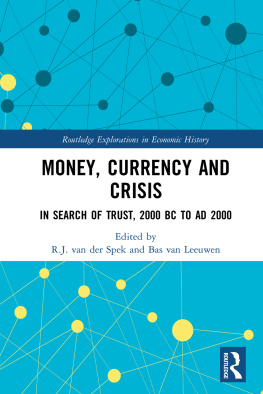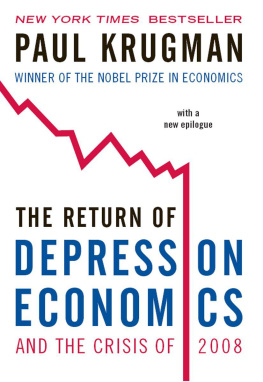1
Introduction
IN THE SUMMER OF 1985, in the midst of the debt crisis, two newly elected Latin American presidents set out to transform the domestic and international political economy trajectories of their respective countries. Despite the shared economic and political challenges facing the neighboring countries of Bolivia and Peru as poor, highly indebted new democracies, the two new leaders moved their countries in opposite directions: in Bolivia Victor Paz Estenssoro ended the country's prolonged economic and political paralysis, and instituted a radical program of orthodox economic reforms, which transformed the country from a regional basket case into an unexpected showcase example of successful neoliberalism and cooperation with the International Monetary Fund. Meanwhile, the newly elected Peruvian president, Alan Garcia, reversed his country's earlier IMF cooperation and initiated a heterodox domestic adjustment program combined with a unilateral debt payment reduction. Even though important elements of Garcia's heterodoxy were also found in Argentina's Austral Plan and Brazil's Cruzado Plan, Peru suffered greater international consequences as its highly publicized break with the IMF ultimately resulted in international economic isolation and high economic costs by the end of the decade.
More than a decade later, newly elected center-right governments in Bulgaria, Romania, and Moldova also set out to redirect their countries prior economic reform trajectories. While their ex-communist predecessors had not resisted IMF policy advice to the extent of their Latin American counterparts, the electoral victories of openly pro-market coalitions promised to accelerate the pace of IMF-style reforms. These expectations were fulfilled in Bulgaria, where the government of Ivan Kostov pursued a series of remarkably consistent and successful reforms in close and quasipermanent cooperation with the IMF. Despite their similar goals and starting points, the Romanian and Moldovan reformers were much less successful than their Bulgarian counterparts, as political infighting and lack of bureaucratic expertise contributed to a succession of inconclusive stop-go economic reform efforts. Therefore, the IMF program records of the two countries hardly improved under their pro-market governments, and in Romania the advent of a fully implemented IMF program actually had to wait until after the return to power of the ex-communists in the 2000 elections.
These brief snapshots highlight the tension inherent in the IMF's involvement in developing countries. On the one hand, the IMF's central role in the wave of neoliberal reforms of the last two and a half decades has led some observers to interpret IMF programs as tools for imposing the Western economic agenda on the developing world (Pastor 1989, Stiglitz 2002). On the other hand, these sketches also suggest that the Fund cannot simply impose its agenda on program countries, and that domestic political interests and institutional constraints still matter even in developing countries facing serious economic crises. Therefore, other analysts have suggested that IMF conditionalitythe practice of conditioning IMF loans on the implementation of certain economic policieshas played only a modest role in shaping economic reforms (Remmer 1998), serving instead as a political alibi for domestic reformers (Vreeland 2003). These conflicting interpretations, which echo long-standing debates about the nature and implications of IMF conditionality, and about the drivers of neoliberal reforms more broadly, raise a number of important questions: Why and how do economic crises trigger and sustain IMF-backed economic adjustment policies in developing countries? Does the IMF live up to its stated goal of providing impartial policy advice and financial support for troubled developing countries? How do IMF lending patterns reflect the evolving demands of international financial markets and the changing priorities of advanced industrial democracies in the developing world? Under what constellations of domestic interests and institutions are governments more willing to initiate and more capable of implementing IMF-style reforms? How are the pressures of IMF conditionality filtered through the domestic politics of program countries?
More broadly, by focusing on the politics of IMF programs I address a number of central theoretical questions about the increasingly intertwined nature of domestic and international drivers of economic policy making. First, in the tradition of Gourevitch's (1978) second image reversed approach, I analyze the influence of the broader trends in the global economy on domestic politics and economic policy choices. In analyzing these international drivers, I emphasize not only the central and continuously evolving role of the IMF in shaping economic policies of developing countries, but also the impact of economic incentives related to international financial markets and the political economy of trade and geopolitical alliances. However, in this book I am equally concerned with how domestic ideology, interests, and institutions in developing countries mediate the powerful economic and political pressures to which these countries are subjected, particularly in economic crisis situations. As such this book builds on earlier analyses of the role of domestic politics in shaping national responses to international crises and pressures (Simmons 1994, Keohane and Milner 1996, Garrett 1998).
Since one of the main arguments of this book is that the interaction between domestic and international political economy is contingent on temporal and geographic context, I address these questions by analyzing evidence from two prominent recent episodes of large-scale economic adjustment under IMF supervision: Latin America during the debt crisis of the 1980s, and Eastern Europe and the former Soviet Union during the post-communist transition of the 1990s. For additional analytical leverage the final part of the book also compares these two episodes to the IMF program patterns in Latin America in the 1990s. This systematic cross-regional and cross-temporal comparison of the politics of IMF programs captures the dramatic geopolitical and economic transformation of the international sphere since the debut of the debt crisis in 1982, and at the same time it highlights the important regional variation in historical and institutional legacies across different parts of the developing world.
At the international level, I show that the IMF's response to economic crises is driven by the changing imperatives of international financial stability and the changing interests of large IMF member countries. Whereas IMF programs during the 1980s debt crisis emphasized austerity measures geared toward the repayment of external debt, IMF conditionality in post-communist Eastern Europe focused more heavily on domestic structural reforms and the international economic and political integration of the former command economies. Moreover, crises in both regions received greater attention from the IMF when they occurred in economically and/or politically important countries. While deviations from technocratic uniformity were driven by both concerns about international financial stability and the narrower political and economic objectives of the Fund's largest shareholders, this book shows that the nature and intensity of such deviations depended on the regional and global crisis context, with systemic concerns playing a greater role during the Latin American debt crisis, and geopolitical considerations being more salient during the post-communist transition.


